From France to Italy: a culinary adventure through Corsica
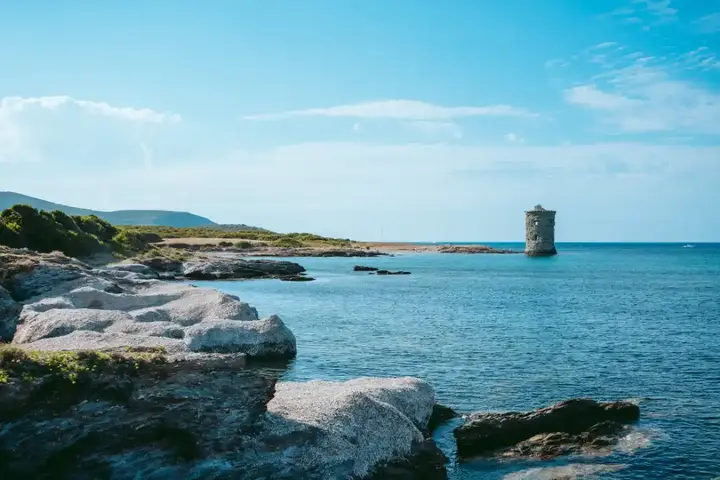
The Mediterranean island of Corsica serves as a bridge between the culinary worlds of France and Italy. With its unique history and diverse cultural influences, Corsica offers a culinary experience that combines the best of both worlds. This article takes you on a journey through Corsica's rich history, distinctive recipes, and its location as a gateway from French cuisine to Italian cuisine.
Show key points
- Corsica acts as a culinary bridge between France and Italy, blending both traditions into a unique and flavorful cuisine.
- The island's complex history, including centuries of Genoese rule and later French control, heavily influences its culinary identity.
- French elements such as rich sauces and cooking methods are evident in Corsican dishes, often combined with local ingredients.
- ADVERTISEMENT
- Italian staples like olive oil, garlic, and pasta form the backbone of many Corsican recipes, reflecting its proximity to Tuscany and Liguria.
- Local products like chestnuts, brocciu cheese, and wild herbs give Corsican cuisine a distinct, terroir-driven character.
- Signature dishes such as civet de sanglier, aziminu, and fiadone showcase the island’s blend of French technique and Italian flavor.
- Corsican cuisine exemplifies how cultural and culinary fusion can create something both deeply traditional and refreshingly original.
Introduction: Culinary Crossroads in Corsica
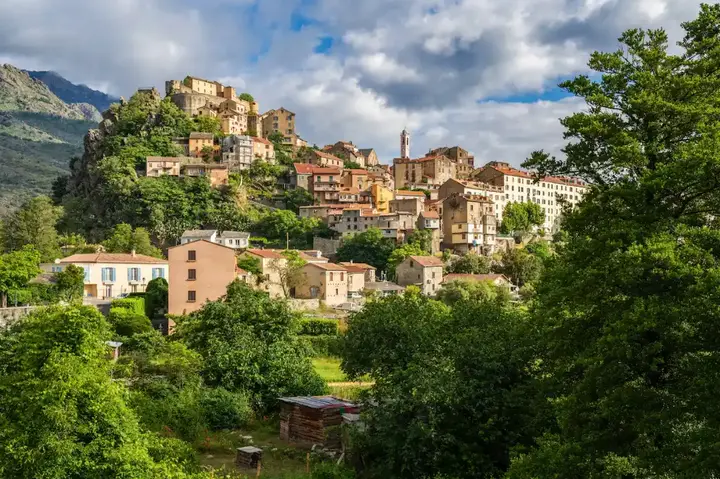
Located between the southern coast of France and the west coast of Italy, Corsica is a French region with its own culture and cuisine. Known as the "Island of Beauty (L'île de beauté)", Corsica was shaped by centuries of French and Italian influences, which are clearly reflected in its food. This journey explores Corsica's position as a culinary bridge between these two culinary traditions, offering a blend of flavors, ingredients and techniques as unique as the island itself.
Recommend
1. Historical texture of Corsica
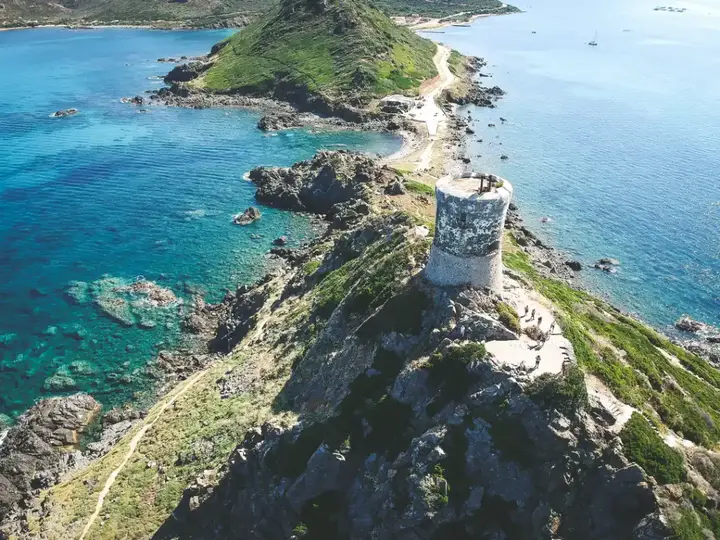
The history of Corsica is a tale of conquest and cultural mixing. The Genoese ruled the island for centuries before it became part of France in 1768. This Genoese influence is still strongly felt in Corsican culture, language and cuisine. Corsica's strategic location in the Mediterranean Sea has made it a melting pot of different cultures, including Greek, Roman and Moroccan, each of which has left its mark on the island's culinary landscape. Understanding this history is fundamental to appreciate the fusion of French and Italian culinary traditions in Corsica.
2. French culinary effect
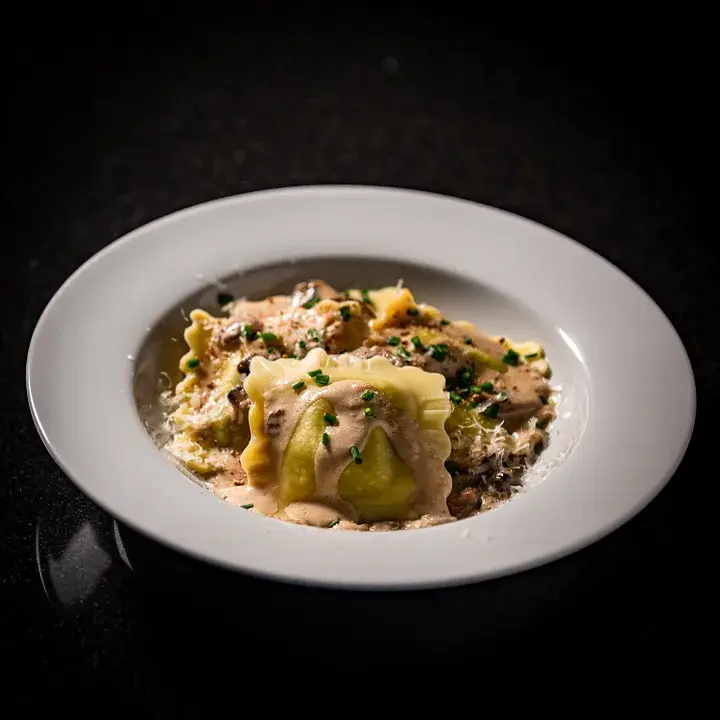
As a French region, Corsica naturally shares some commonalities with mainland French cuisine. French cooking techniques permeated Corsican cuisine, such as focusing on sauces and using butter. Classic French dishes such as vintage chicken and fish soup find their counterparts in Corsican recipes, albeit with local touches. For example, wild boar soup (civet de sanglier), is a Corsican specialty that reflects the French love for rich and delicious soups but with the strong flavors of the island's wild herbs.
3. Italian Link
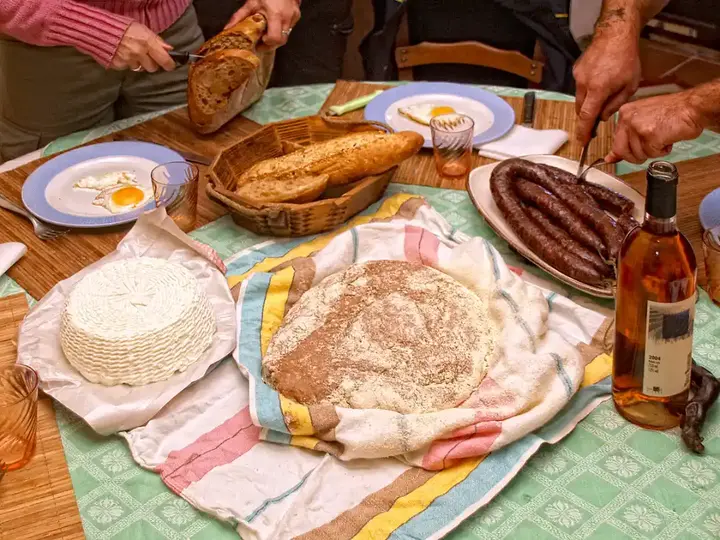
Corsica's proximity to Italy, especially Tuscany and Liguria, has greatly influenced its cuisine. Italian items such as olive oil, garlic, tomatoes and pasta are staples in Corsican kitchens. Genoa's legacy is particularly strong, with dishes such as stuffed pastries (panzarotti) and a type of fiadone cheesecake made with brocciu, a Corsican cheese, showcasing Italian techniques with a local twist. Corsica's pasta dishes, such as chestnut porridge (pulenda), are reminiscent of Italian culinary traditions.
4. Unique Corsican ingredients
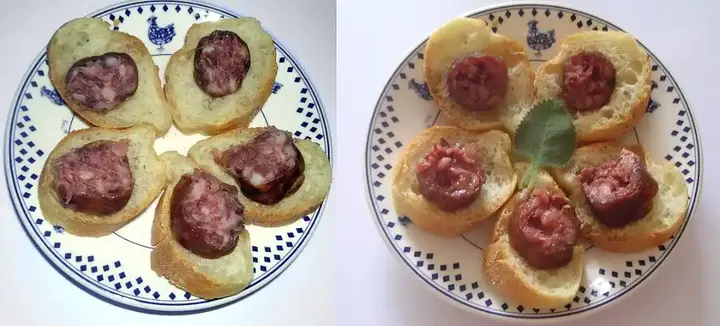
Corsica's rugged terrain and mild Mediterranean climate produce an abundance of unique ingredients that define its cuisine. The island is famous for chestnuts, which are used in a variety of dishes, from soups to desserts. Corsican cold cuts, especially liver sausages (figatellu), are also other local specialties, which are often smoked and enjoyed with rustic bread. Island cheeses, especially broccio, are also essential in many Corsican dishes, from delicious pies to sweet pastries. Corsican cuisine also characterizes the use of wild herbs such as thyme, rosemary and myrtle, which grow in abundance on the island.
5. Fusion of flavors
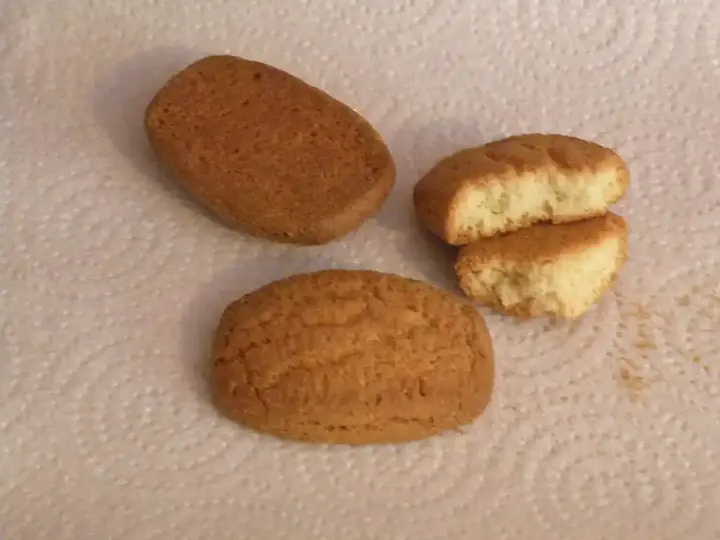
What makes Corsican cuisine truly special is the way it fuses French and Italian influences with local ingredients and traditions. Stuvatu, a slow-cooked meat soup that combines French slow cooking techniques, Italian spices and Corsican ingredients such as wild boar or lamb. The result is a rich, tasty and clearly corsican dish. Similarly, island sweets often blend French pastry techniques with Italian flavors, as in the case of canistrelli, a type of biscuit flavored with anise or lemon.
6. The commonalities between French and Italian cuisine

Despite their distinction, French and Italian cuisine share common culinary roots, especially in areas near Corsica, such as the regions of Provence and Liguria. Both cuisines emphasize the use of fresh, local ingredients with deep respect for tradition. Corsica, with its mixed heritage, embodies this shared culinary spirit. Island cuisine is a testament to how these two great culinary traditions come together to create something completely new but deeply rooted in history.
7. Corsican dishes to try

To truly appreciate Corsica as a culinary gateway between France and Italy, one must try its famous dishes. You can start with a wild boar soup that embodies the cruel island spirit (civet de sanglier), and then. Try out the Corsican cheesecake (fiadone) that is lighter and sharper than its Italian counterpart. You should also not miss the Corsica version of fish soup (aziminu, bouillabaisse), or chestnut flour (pulenda), which reflects the island's love for strong rustic flavours. These dishes can be paired with a glass of Corsican wine, such as "Patrimonio" or "Ajaccio", to fully enjoy the island's culinary treasures.
Conclusion: Corsica - a gateway to culinary exploration

Corsica is more than just a geographical bridge between France and Italy; it is a culinary crossroads where the best of both worlds come together in a harmonious combination. The island's cuisine reflects its complex history and diverse influences, providing a unique gastronomic experience that is familiar and new at the same time. Whether you're a fan of French sophistication or Italian minimalism, Corsica invites you to explore and enjoy a culinary adventure that celebrates and enjoys the rich texture of Mediterranean flavours.
This journey, through Corsica's culinary landscape, not only highlights the island's unique recipes, but also serves as a delicious gateway from French to Italian cuisine, offering a taste of the best of both worlds.








